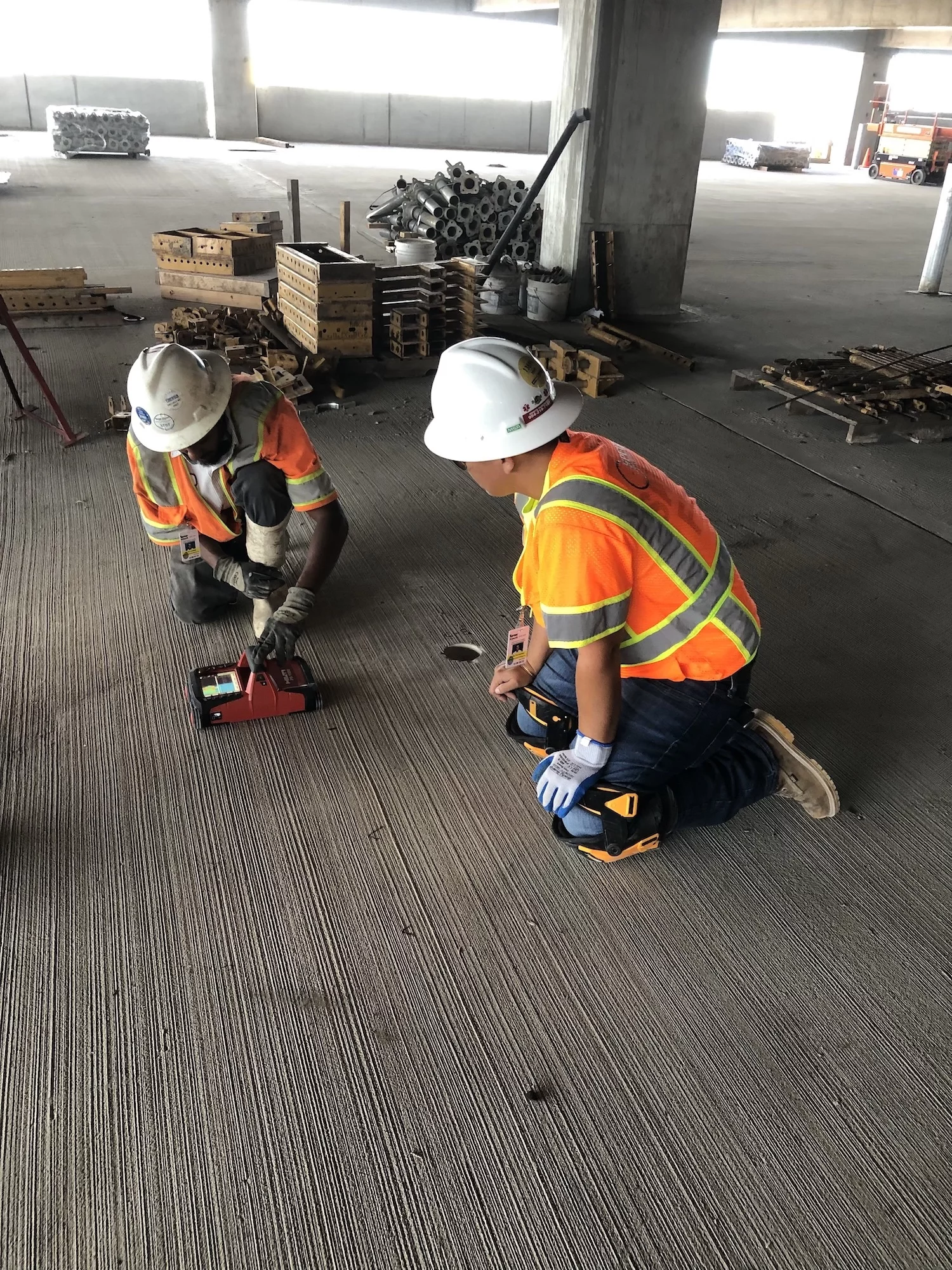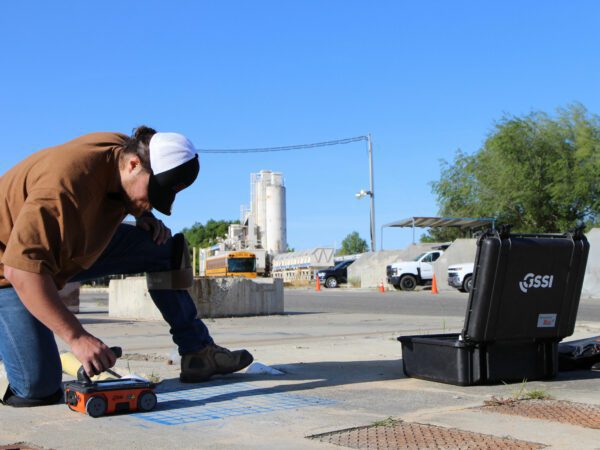Beyond the Surface: Leveraging Advanced Concrete Scanning Techniques for Unmatched Precision and Understanding
Advanced concrete scanning strategies have emerged as vital tools in this quest, supplying a look under the surface to introduce a world of essential insights. By harnessing sophisticated technologies, professionals can discover anomalies, examine the condition of concrete structures, and make notified choices that form the training course of projects.
Significance of Advanced Concrete Scanning
The relevance of making use of advanced concrete scanning techniques depends on the exceptional precision they supply for finding sub-surface anomalies and guaranteeing architectural integrity. By employing advanced innovations such as ground-penetrating radar (GPR), electromagnetic induction, and advanced finder imaging, building professionals can dig under the surface area of concrete frameworks with a level of precision that much goes beyond standard evaluation techniques. Concrete Scanning. These strategies allow the identification of surprise hazards like rebar deterioration, spaces, conduits, or post-tension wires that might endanger the stability and security of a framework with time
Moreover, progressed concrete scanning provides invaluable understandings right into the overall condition of a concrete aspect without the need for intrusive measures, reducing the threat of creating damages during the assessment procedure. The capacity to identify the exact area and deepness of possible problems permits for targeted repair services and upkeep, ultimately prolonging the life-span of the framework and optimizing its performance. In essence, the importance of innovative concrete scanning can not be overstated in the world of building and construction and infrastructure upkeep, where accuracy and dependability are vital.
Kinds of Cutting-Edge Technologies

Anomalies and Problem Detection

In addition to GPR, concrete scanning methods like thermography and impact-echo testing are likewise reliable in spotting flaws and abnormalities. Thermography uses infrared innovation to recognize linked here variants in surface area temperature, indicating potential areas of issue such as delamination or moisture access. On the various other hand, impact-echo testing involves assessing acoustic feedbacks to identify spaces, cracks, and various other problems within the concrete. By leveraging these innovative techniques, experts can proactively deal with architectural issues, ensuring the longevity and safety and security of concrete frameworks.
Assessing Concrete Problem
Just how can address designers properly assess the condition of concrete frameworks to guarantee their longevity and safety and security? Different innovative concrete scanning methods are used for this objective. Ground-penetrating radar (GPR) is generally utilized to assess the interior framework of concrete, identifying voids, fractures, and various other anomalies that might jeopardize its stamina.
Additionally, visual assessment stays an essential component of concrete condition evaluation. Engineers visually take a look at the surface area for indicators of degeneration, such as spalling, breaking, or discoloration. Incorporating non-destructive screening techniques with visual inspections permits a detailed evaluation of concrete condition, allowing engineers to recognize prospective issues early on and apply timely maintenance or repairs. By leveraging these sophisticated techniques, designers can guarantee the lasting sturdiness and safety and security of concrete structures.
Enhancing Decision-Making Procedures
In the world of framework administration, optimizing decision-making processes is critical for making sure the efficient maintenance and durability of concrete structures. Boosted decision-making procedures in concrete management include using innovative scanning methods to collect thorough data on the problem of frameworks. By leveraging modern technologies such as ground-penetrating radar and 3D imaging, stakeholders can make enlightened decisions pertaining to repair, replacement, or reinforcement approaches.
These progressed scanning techniques offer indispensable understandings into the inner composition of concrete, identifying potential concerns such as voids, fractures, or deterioration that might not be visible on the surface. This level of detailed details permits for aggressive maintenance preparation, lessening the threat of structural failings and increasing the total life expectancy of concrete structures.
Furthermore, by including digital paperwork and evaluation devices into the decision-making procedure, stakeholders can track the development of concrete conditions over go to this website time, making it possible for anticipating maintenance strategies and optimizing source appropriation. Eventually, the integration of innovative concrete scanning methods boosts decision-making processes by offering unrivaled accuracy, insight, and efficiency in infrastructure monitoring.
Conclusion
To conclude, progressed concrete scanning methods use unparalleled accuracy and insight in spotting anomalies, problems, and evaluating the condition of concrete frameworks. By leveraging advanced innovations, decision-making processes can be enhanced, bring about even more reliable and educated solutions for preserving and repairing concrete facilities. These methods play an important duty in making sure the safety and longevity of concrete frameworks, making them a crucial tool in the area of construction and engineering.
Furthermore, progressed concrete scanning provides important understandings into the overall problem of a concrete aspect without the requirement for invasive steps, decreasing the danger of triggering damages throughout the assessment process - Concrete Scanning. Another ingenious technology is 3D X-ray scanning, which offers comprehensive images of the interior framework of concrete, supplying useful details without the demand for damaging screening. Furthermore, Concrete Cover Meters are utilized to measure the thickness of concrete cover over reinforcement bars accurately. Enhanced decision-making procedures in concrete monitoring include utilizing advanced scanning strategies to gather in-depth information on the problem of frameworks.In verdict, advanced concrete scanning strategies supply unparalleled accuracy and understanding in identifying abnormalities, issues, and assessing the problem of concrete structures